Tag: Astronomy

Adler Skywatch: January 2020
Happy New Year! Though you likely won’t be able to tell the difference, Earth is at its closest to the Sun for the year this month, January 2020. Perihelion, the point in Earth’s annual orbit where it’s closest to the Sun, occurs each year in early January. This year, perihelion occurs at 1:48 a.m. Chicago time on […]
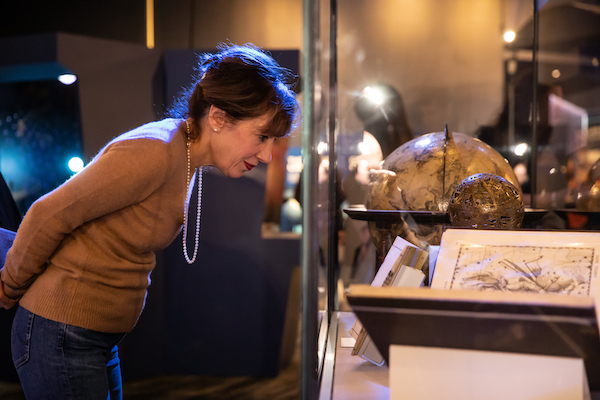
See You Another Time (Or Somewhere Else)!
Header Image: Woman looking at a few of the astronomical objects from our collection located in the Adler Planetarium’s new exhibit, Chicago’s Night Sky. One of the most exciting—and at the same time most difficult — parts of an exhibition project is to decide which collections items will be put on display. The Adler team […]
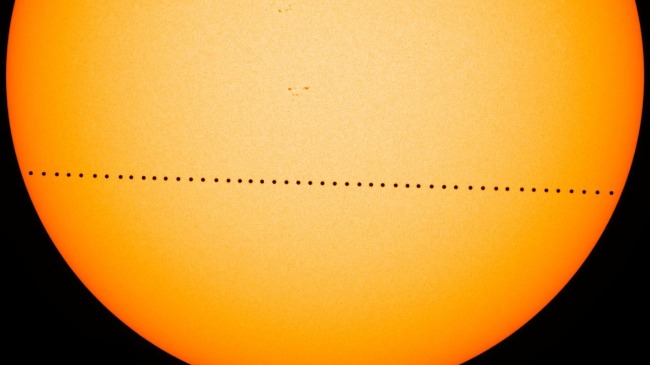
Understanding Planet Transits
Planet transits are unique celestial events that allow us to measure the geometry of our own Solar System and beyond! Catch the next transit of Mercury at the Adler Planetarium this November!
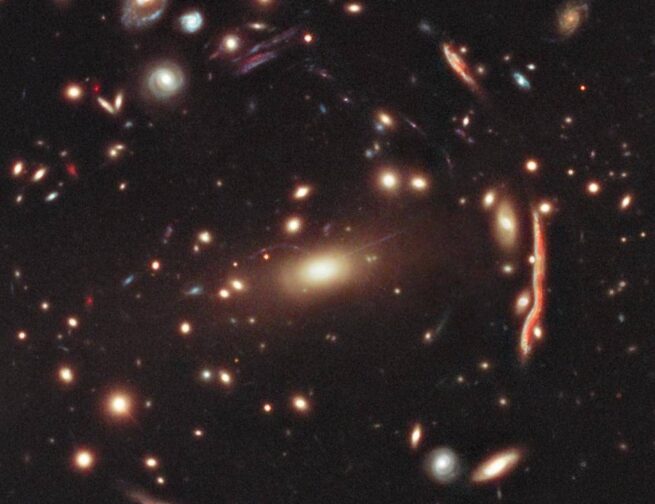
AstroFan: The Spooky Case of Dark Matter
Header Image: The distorted shapes in the cluster shown here are distant galaxies, from which the light is bent by the gravitational pull of dark matter within the cluster of galaxies. Image Credit: NASA, ESA, M. Postman (STScI), and the CLASH Team Greetings fellow astro-fans! Halloween is almost here, and as you know, it is […]
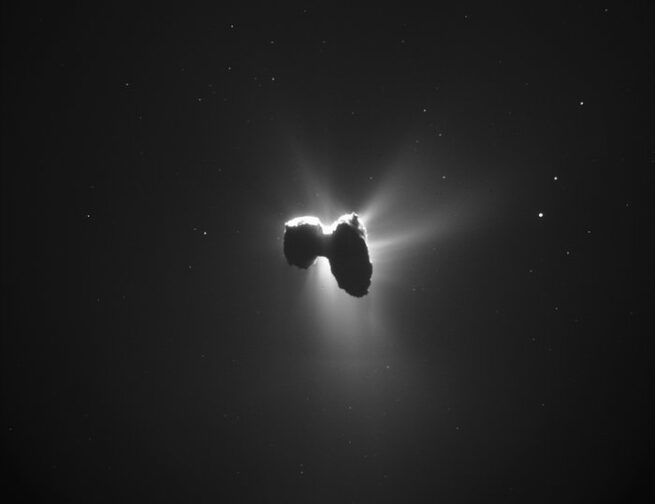
AstroFan: The Comet That Came From Afar
Header Image: While C/2019 Q4 (Borisov) is too far away for us to get detailed images, it probably looks something like this image taken on March 27, 2016, by the Rosetta spacecraft, 329 km from the nucleus of Comet 67P/Churyumov-Gerasimenko. The image measures 28.7 km across. Image Credit: ESA/Rosetta/NavCam The Day the Adler Met an […]
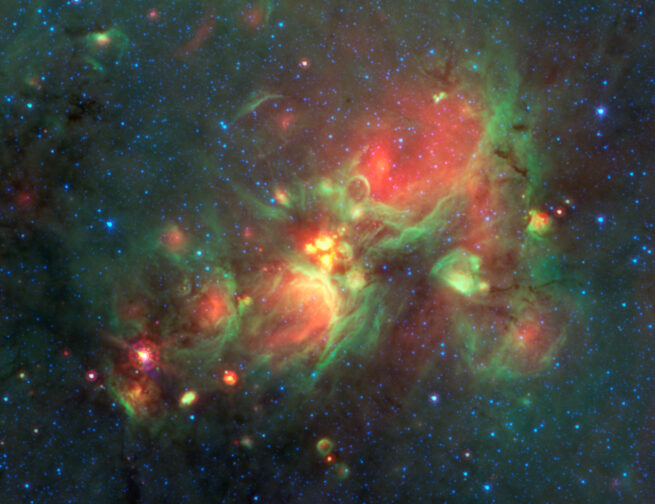
AstroFan: …And They Were All Yellow!
Header Image Credit: NASA/JPL-Caltech “The nitrogen in our DNA, the calcium in our teeth, the iron in our blood, the carbon in our apple pies, were made in the interiors of collapsing stars. We are made of starstuff.” ― Carl Sagan Even if you’re just a novice space enthusiast, I’m sure you’ve heard some variation of […]
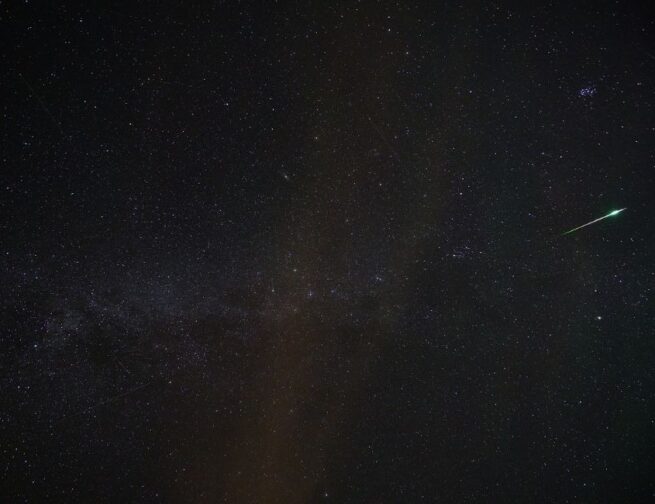
Adler Skywatch: August 2019
One of the year’s most popular meteor showers regularly peaks this month, August 2019. Unfortunately, this year’s shower may be only a wash. The Perseid meteor shower is well known because it’s a major annual shower that occurs during warm weather in the northern hemisphere. The Perseids usually peak around the night of the 12th […]
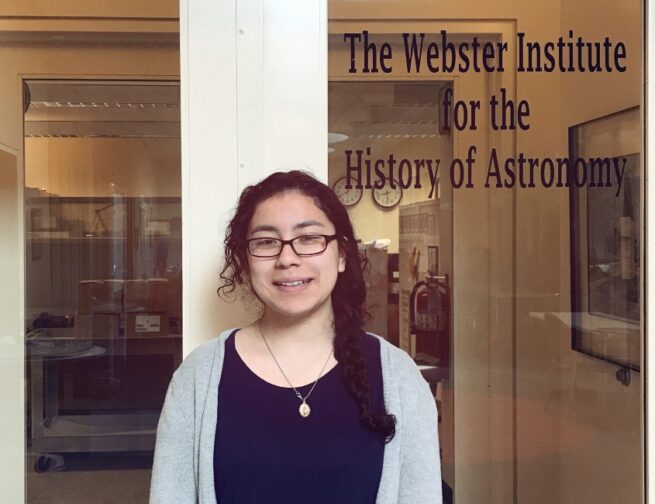
Minorities Take On Museums
An interview with Brenda G., Teen Collections Intern Many people find studying science, technology, engineering, and math (STEM) or working in a science institution intimidating, but a whole other layer is added when you’re one of the first in your family to do it. I sat down with collections intern Brenda Galan to discuss her […]
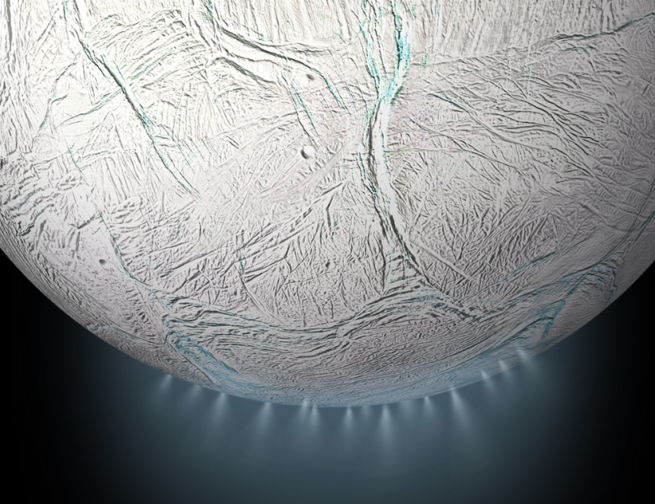
AstroFan: Over the Moon for Enceladus
Header Image Caption: An artist’s rendition of Enceladus, Saturn’s 6th largest moon. Image Credit: NASA/JPL-Caltech This past weekend, the Adler Planetarium celebrated the 50th anniversary of Apollo 11—a mission that brought us to a whole new world, our Moon. It’s pretty undeniable that our Moon is spectacular. It’s our only natural satellite, it’s composed of […]
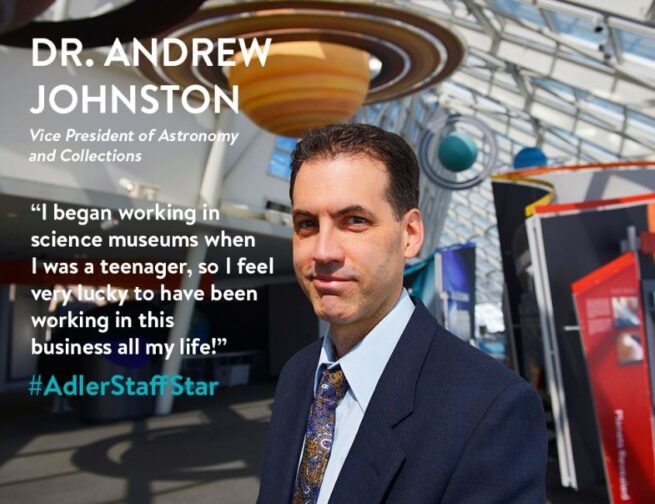
Adler Staff Star: Meet Andrew!
Dr. Andrew Johnston Vice President of Astronomy and Collections As someone who has worked in museums for the past 30 years (WOW!), what has been the most rewarding experience for you? I began working in science museums when I was a teenager, so I feel very lucky to have been working in this business all […]




